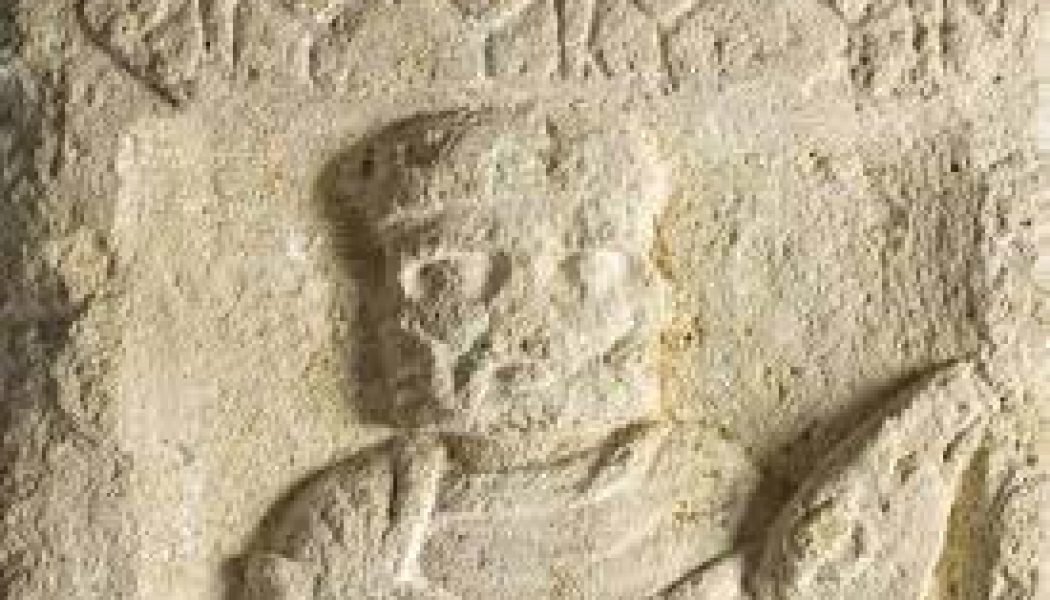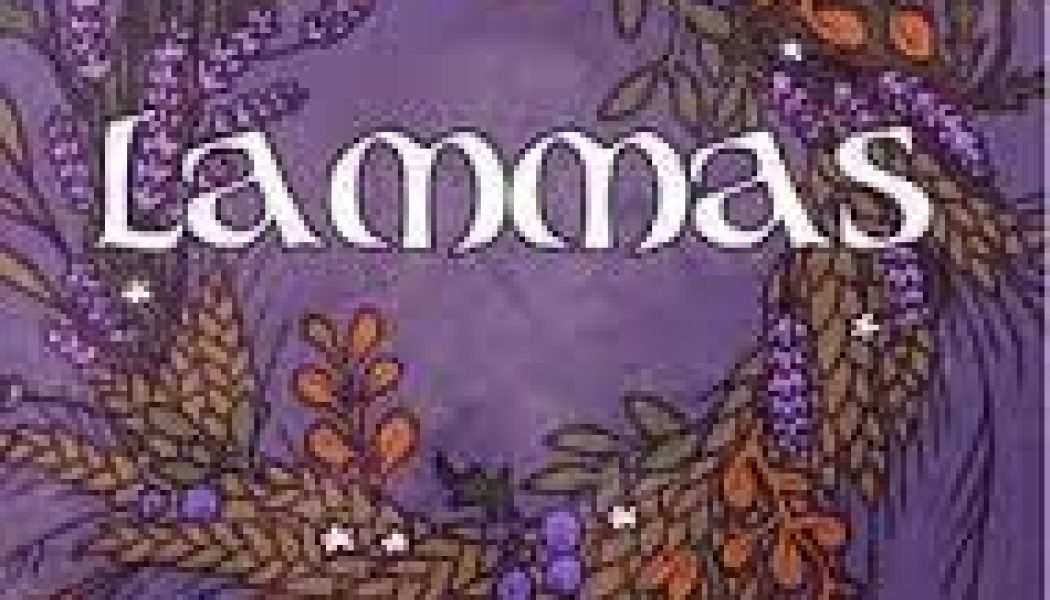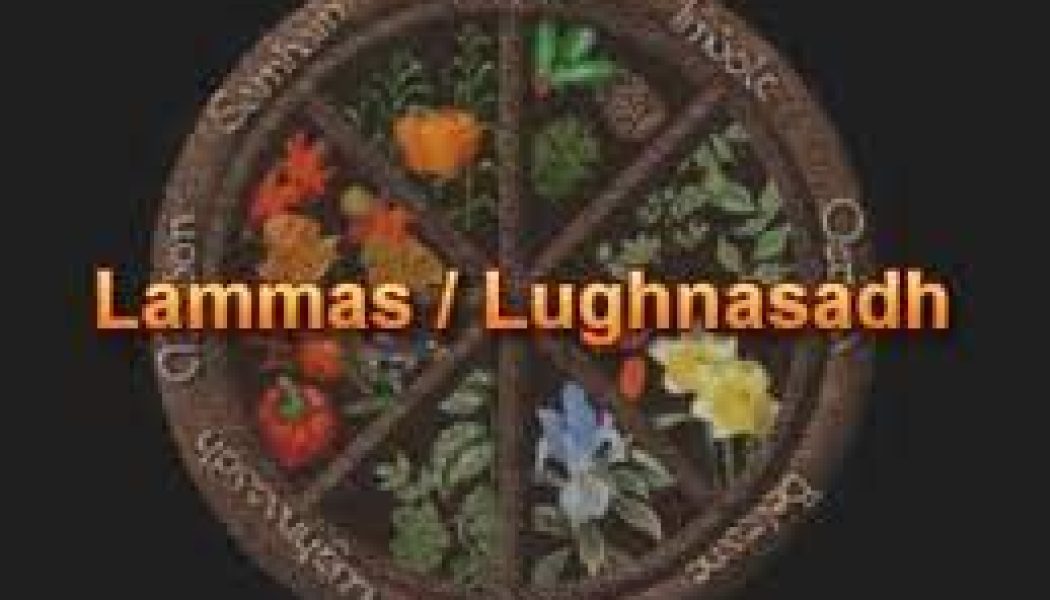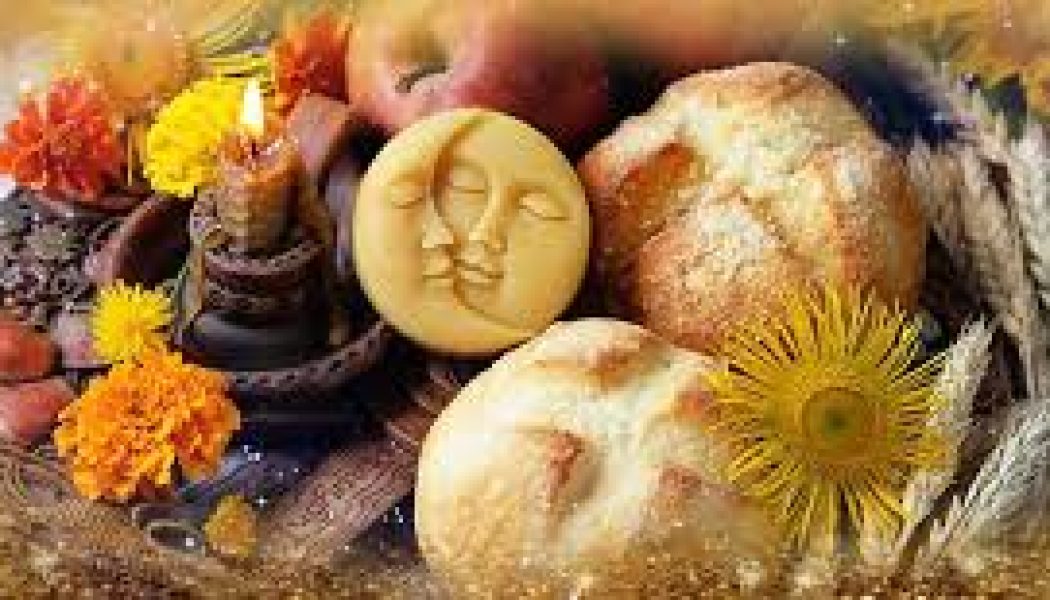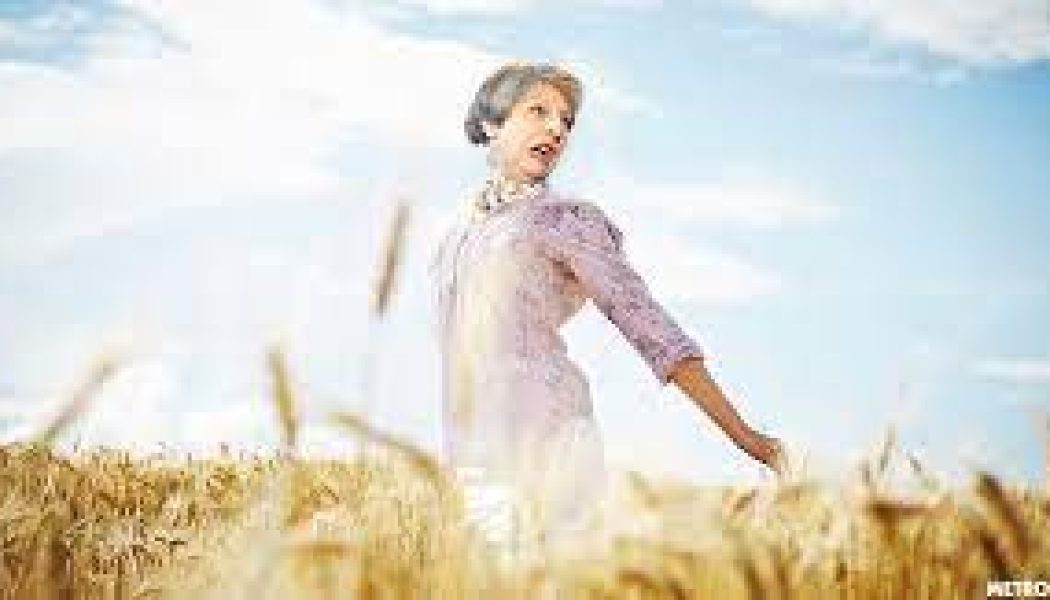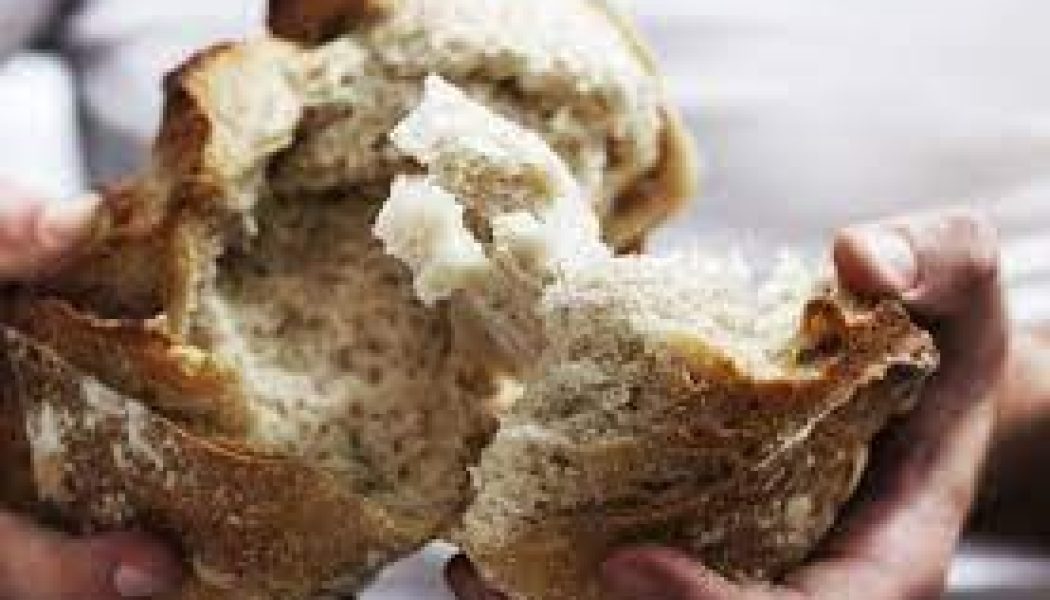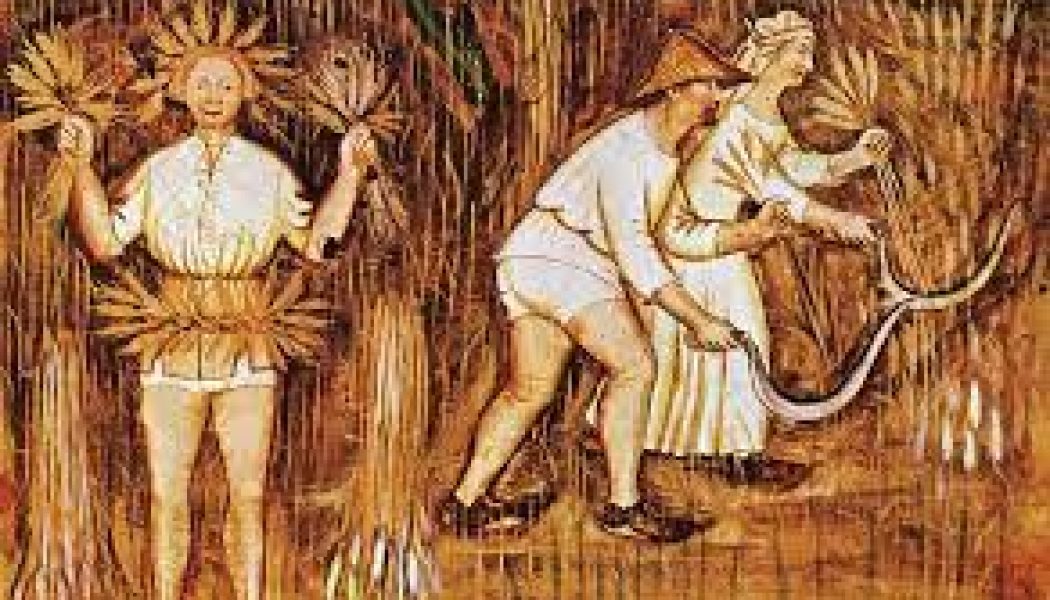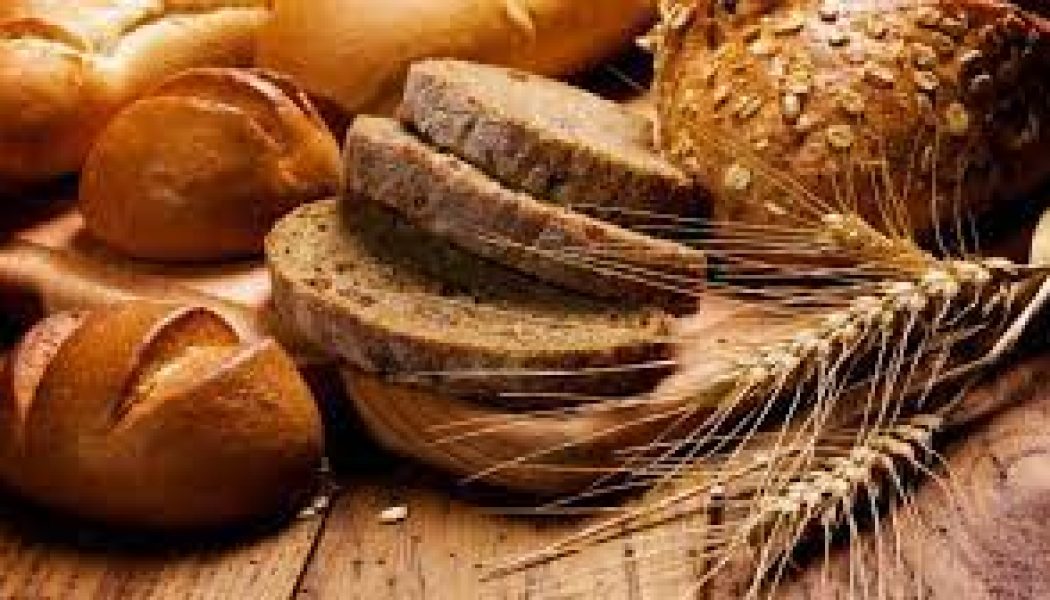Lammas
Lammas: Honoring the God Lugh
If your celebrations focus more on the god Lugh, observe the Sabbat from an artisan’s point of view. Place symbols of your craft or skill on the altar—a notebook, your special paints for artists, a pe...
Lammas , The Festival and its Meaning
The two names “Lammas and Lughnasadh” for the festival points to the fact that it is both a time to celebrate and remember the passing of the god and the year. At Lammas we celebrate the first harvest...
lammas: Crafts, Song and Celebration
Because of its association with Lugh, the skilled god, Lammas (Lughnasadh) is also a time to celebrate talents and craftsmanship. It’s a traditional time of year for craft festivals, and for skilled a...
Lammas: Symbols of the Harvest
The harvest is here, and that means it’s time to include symbols of the fields on your altar. Sickles and scythes are appropriate, as are baskets. Sheaves of grain, fresh picked fruits and vegetables,...
Corn Dolly
A ritual doll, or variation of a poppet, used in traditional seasonal rites for the fertility of the land. The corn dolly is a harvest figure made of either the last or first sheaves of grain. It is p...
Lammas: Honoring the Past
In some modern Pagan traditions, Lammas is also a day of honoring Lugh, the Celtic craftsman god. He is a god of many skills, and was honored in various aspects by societies both in the British Isles ...
Lammas: Bread Sacrifice Ritual
Lammas is a time of celebrating the beginning of the harvest, a theme seen often in the sacrifice of the grain god. Make a sacrifice of your own this Lammas, with this bread ritual that marks the begi...
Lammas
At Lammas, also called Lughnasadh, the hot days of August are upon us, much of the earth is dry and parched, but we still know that the bright reds and yellows of the harvest season are just around th...
Lammas: Symbols of the Season
The Wheel of the Year has turned once more, and you may feel like decorating your house accordingly. While you probably can’t find too many items marked as “Lammas decor” in your local discount store,...
Lammas: Celebrating Grain in Ancient Cultures
Grain has held a place of importance in civilization back nearly to the beginning of time. Grain became associated with the cycle of death and rebirth. The Sumerian god Tammuz was slain and his lover ...
Lammas: A Feast of Bread
In early Ireland, it was a bad idea to harvest your grain any time before Lammas; it meant that the previous year’s harvest had run out early, and that was a serious failing in agricultural communitie...
